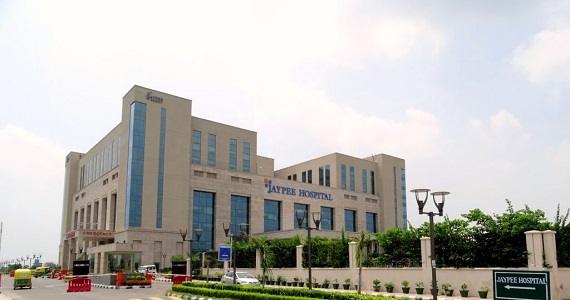Abdominoperineal Resection (APR) Treatment in India
treatment
starting from
Introduction
Abdominoperineal Resection (APR) is a complex surgical procedure that plays a crucial role in the treatment of certain colorectal conditions. Developed over the years with advancements in medical science and surgical techniques, APR has become a valuable tool in managing specific diseases, particularly in cases of rectal cancer and some other pelvic malignancies. In this blog, we will explore the essential aspects of Abdominoperineal Resection, including its indications, procedure, recovery, and potential impact on patients' lives.
Understanding Abdominoperineal Resection (APR)
Abdominoperineal Resection is a surgical procedure primarily used to treat rectal cancer or other aggressive pelvic tumors. It involves the removal of the rectum, anus, and surrounding tissues in the pelvic area. The main goal of this operation is to excise the cancerous growth completely, prevent further spread of the disease, and potentially offer a cure for patients with localized disease.
Indications for APR
APR is typically considered when rectal cancer is located too close to the anal sphincter, making it challenging to perform a sphincter-saving procedure, such as a low anterior resection. Other indications for APR include:
- Locally advanced rectal cancer: When the tumor extends into the anal sphincter or involves nearby structures, making a sphincter-saving procedure infeasible.
- Recurrent rectal cancer: If cancer returns after previous treatment, APR might be necessary to achieve complete removal of the tumor.
- Persistent anal cancer: In some cases of anal cancer, APR may be required to eradicate the disease completely.
- Rare pelvic tumors: APR can be employed to treat certain pelvic malignancies that are non-responsive to other treatment options.
The APR Procedure
The Abdominoperineal Resection procedure is a major surgery performed under general anesthesia. It typically involves two surgical teams - one working on the abdominal part and the other on the perineal (anal) area. The steps of the surgery include:
- Abdominal Incision: The surgeon starts by making an incision in the lower abdomen to gain access to the affected area.
- Dissection and Removal: The rectum, anus, and surrounding lymph nodes are carefully dissected and removed, ensuring complete removal of the cancerous tissue.
- Stoma Creation: After the rectum and anus are removed, the surgeon creates a stoma (a small opening) on the abdominal wall to divert waste into a colostomy bag. This temporary or permanent stoma allows the patient to eliminate waste after the removal of the rectum.
- Perineal Incision: Another incision is made in the perineal area to facilitate the removal of the anus and part of the anal sphincter.
- Closure and Reconstruction: The perineal incision is closed, and the abdominal incision is sutured after ensuring all the necessary structures have been removed.
Recovery and Rehabilitation
The recovery period after Abdominoperineal Resection is significant and may vary from patient to patient. Initially, patients might experience discomfort, pain, and limited mobility. They will need to adapt to living with a colostomy bag, which can be an emotional adjustment for many individuals. However, with time, most patients can resume regular activities and learn to manage the colostomy effectively.
To support patients during this process, a multidisciplinary approach is crucial. Patients often work closely with specialized ostomy nurses, dietitians, and physical therapists to ensure proper stoma care, nutrition, and rehabilitation.
Emotional and Psychological Impact
Living with a colostomy bag can have a profound psychological impact on patients. They may experience feelings of anxiety, embarrassment, or depression. In such cases, counseling and support groups can be immensely helpful in addressing emotional concerns and building a supportive community of individuals who have undergone similar experiences.
Conclusion
Abdominoperineal Resection (APR) is a critical surgical procedure in the management of specific colorectal conditions, particularly rectal cancer. While it poses significant challenges for patients, it can be life-saving and offer a chance for cure in certain cases. The surgery, coupled with comprehensive post-operative care, aims to enhance patients' quality of life and restore their physical and emotional well-being.
As medical research continues to advance, it is essential to explore innovative techniques that further improve outcomes and minimize the impact of APR on patients' lives. Ultimately, a combination of medical expertise, emotional support, and patient determination paves the way for a successful recovery and a brighter future for those who undergo this intricate surgical intervention.
How It Works
Need help in organizing medical travel to India?






